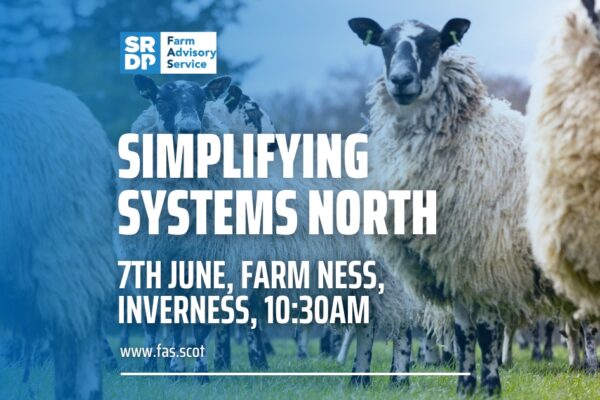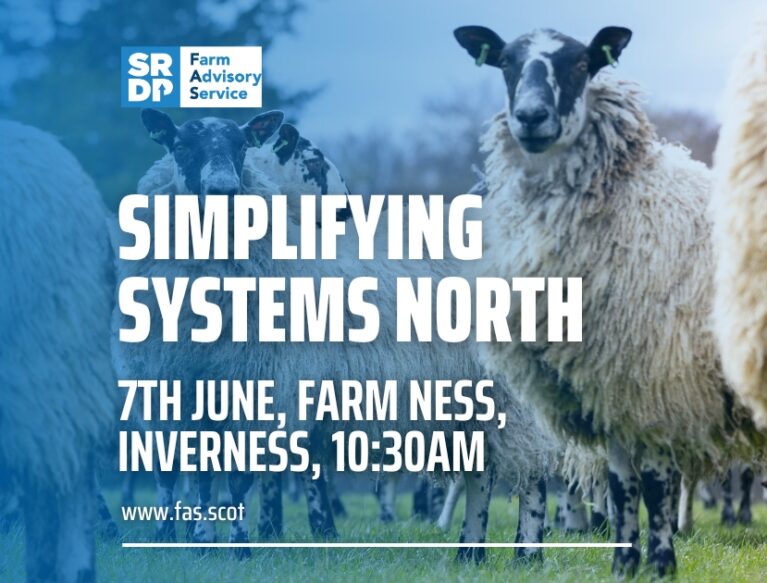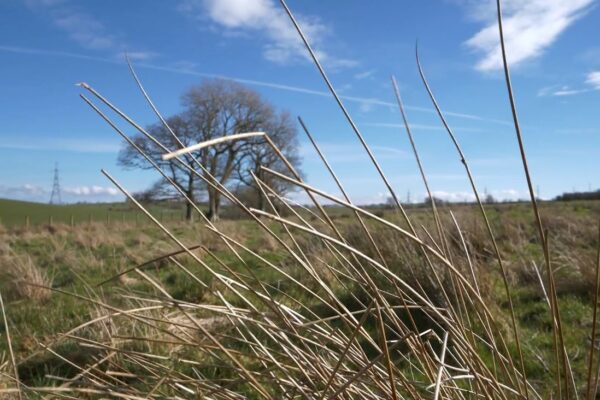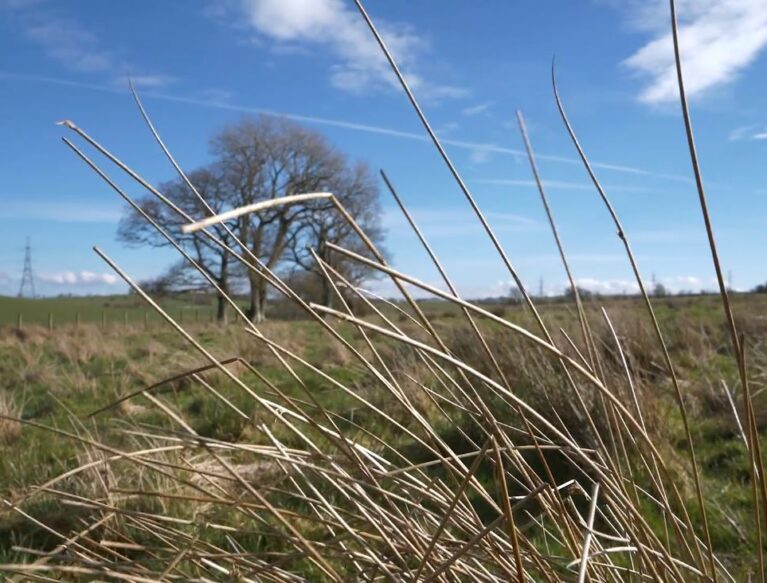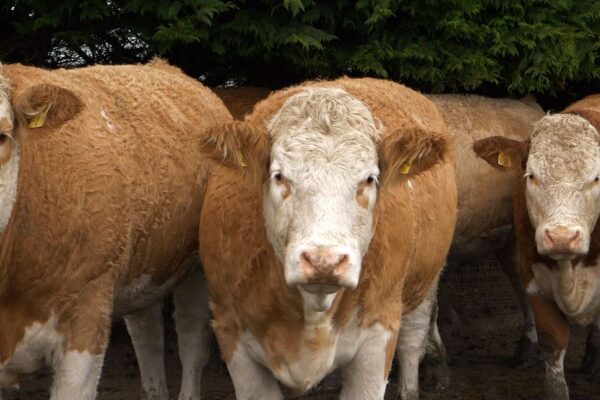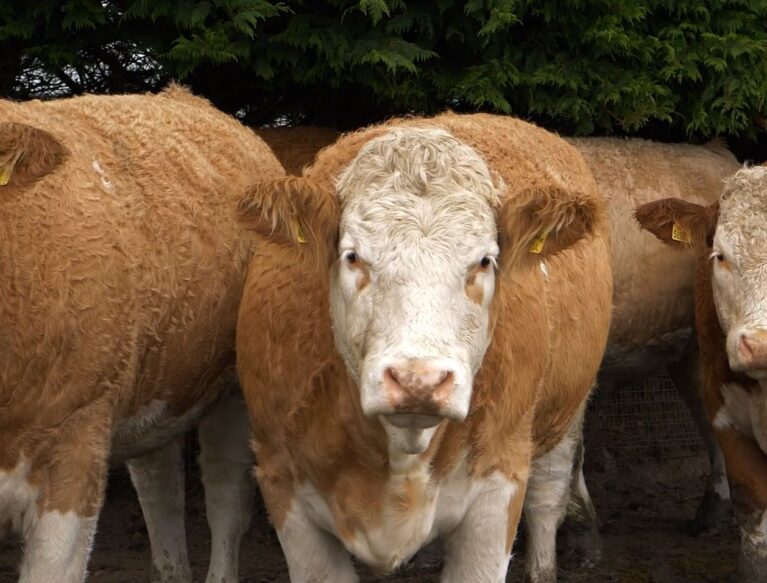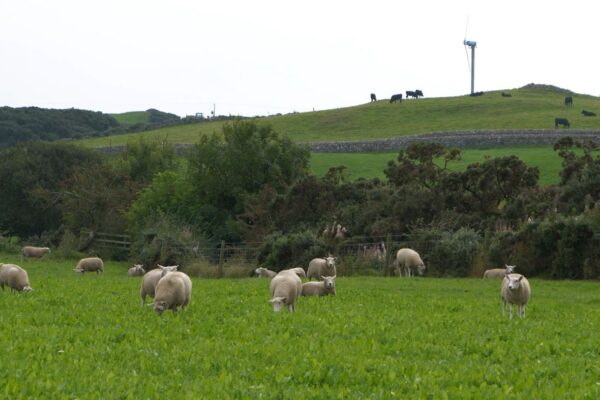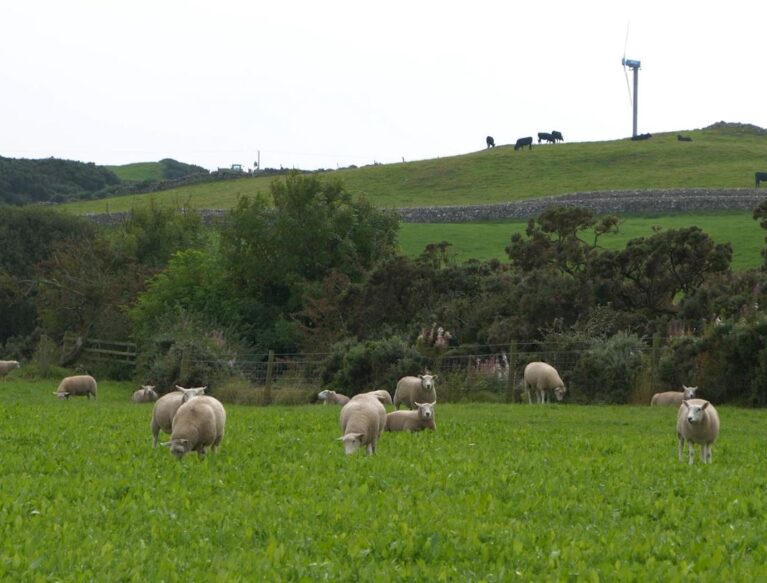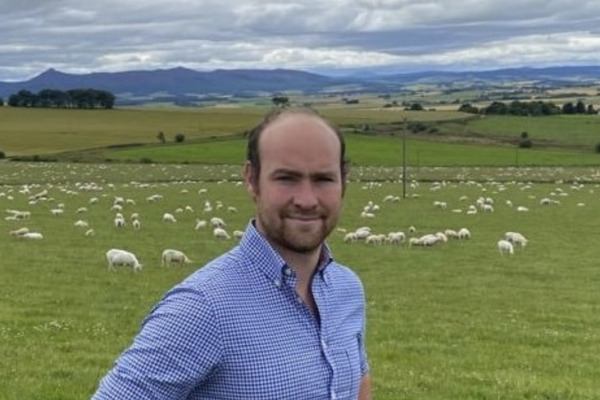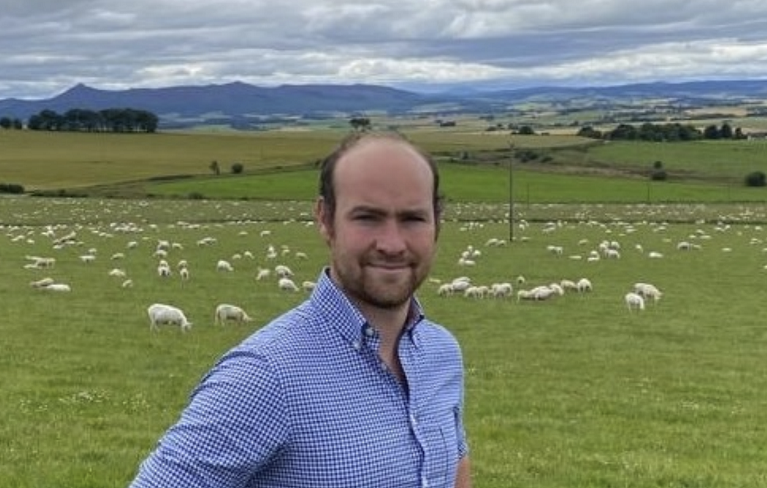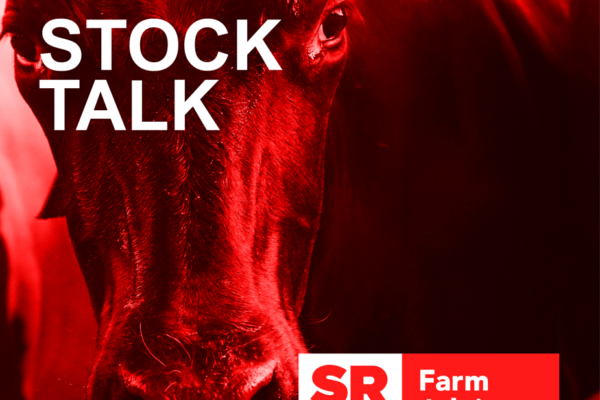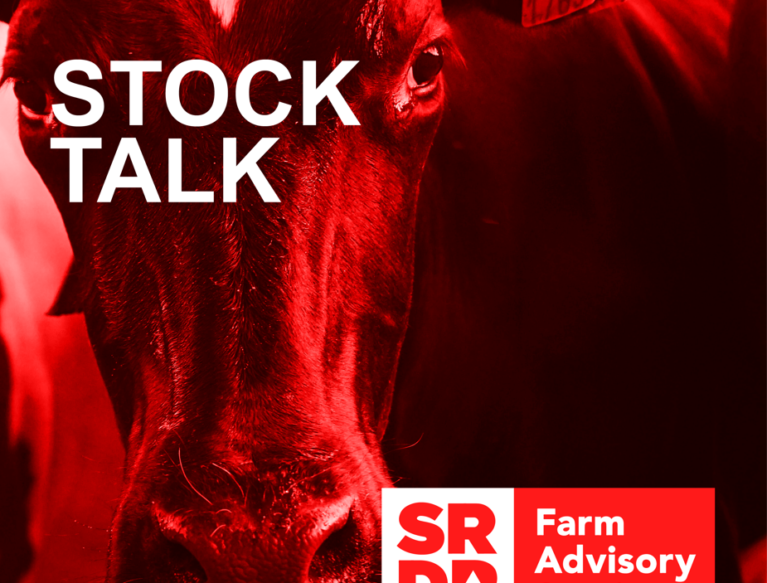Livestock
Simplifying Systems North
Post-lambing and calving can be the ideal time to reflect on what worked well and what didn’t on your farm to design an improved system for the future. Join us…
Read More >Rush Control for Grassland Productivity – An Ayrshire Case Study
Rushes are a common sight across grassland farms and whilst small areas of rushes can provide welcome shelter at lambing and calving time they are largely an invasive weed which…
Read More >Agribusiness News April 2024 – Beef
Weekly Price Drop for Finished Cattle After slipping back weekly throughout March, at the time of writing (late March) finished cattle prices are sitting at 506p/kg/dwt (for R4L (Scottish steers). …
Read More >Agribusiness News April 2024 – Sheep
Continental flock continues to decline Drought in the Mediterranean countries, coupled with low forage availability and disease pressures from midge born viruses – Bluetongue and Schmallenburg are all attributes contributing…
Read More >Working Towards Net Zero Carbon at Gaindykehead Farm
This article originally appeared on the Farming For A Better Climate website John Brown and his family have been farming at Gaindykehead Farm near Airdrie in North Lanarkshire for many…
Read More >Working Towards Net Zero Carbon at Cloffrickford Farm
This article originally appeared on the Farming For A Better Climate website David Smith farms 800 acres of Grade 3B land in Aberdeenshire. Cloffrickland Farm supports 140 suckler cows and their…
Read More >Working Towards Net Zero Carbon at Auchmore Farm
This article originally appeared on the Farming For A Better Climate website Auchmore Farm, run by Stephen and Sheena Mackenzie in partnership with Stephen’s brother Donald, is a hill farm…
Read More >Maximising Production from Forage at East Fingask
This article originally appeared on the Farming For A Better Climate website Michael Ritch farms at East Fingask, Old Meldrum in the North East of Scotland, he farms alongside his…
Read More >Practical Advice for Lambing & Calving
In this podcast we hear from SRUC Veterinary Investigation Officers Megan Fergusson and Tim Geraghty. They talk about the importance of good husbandry and top tips to save time and…
Read More >
